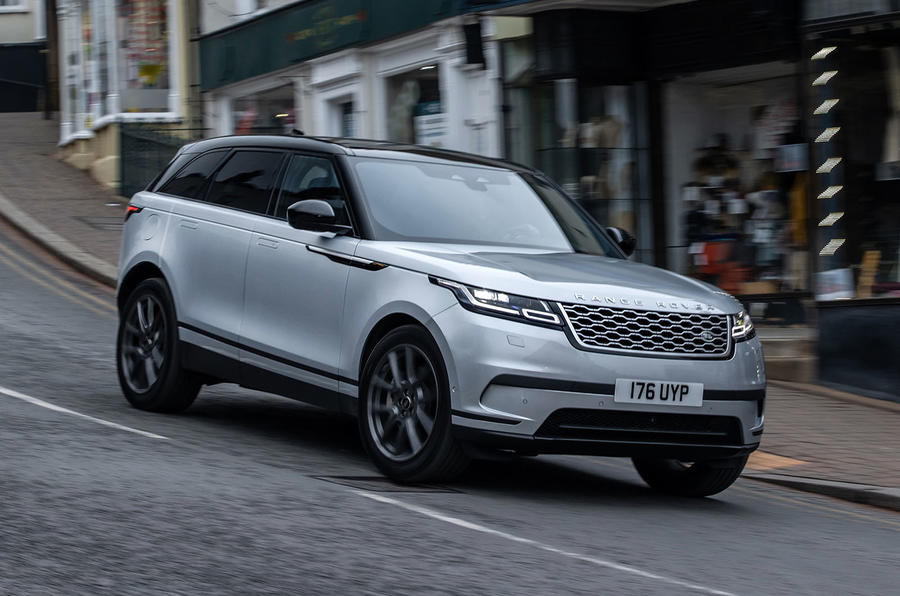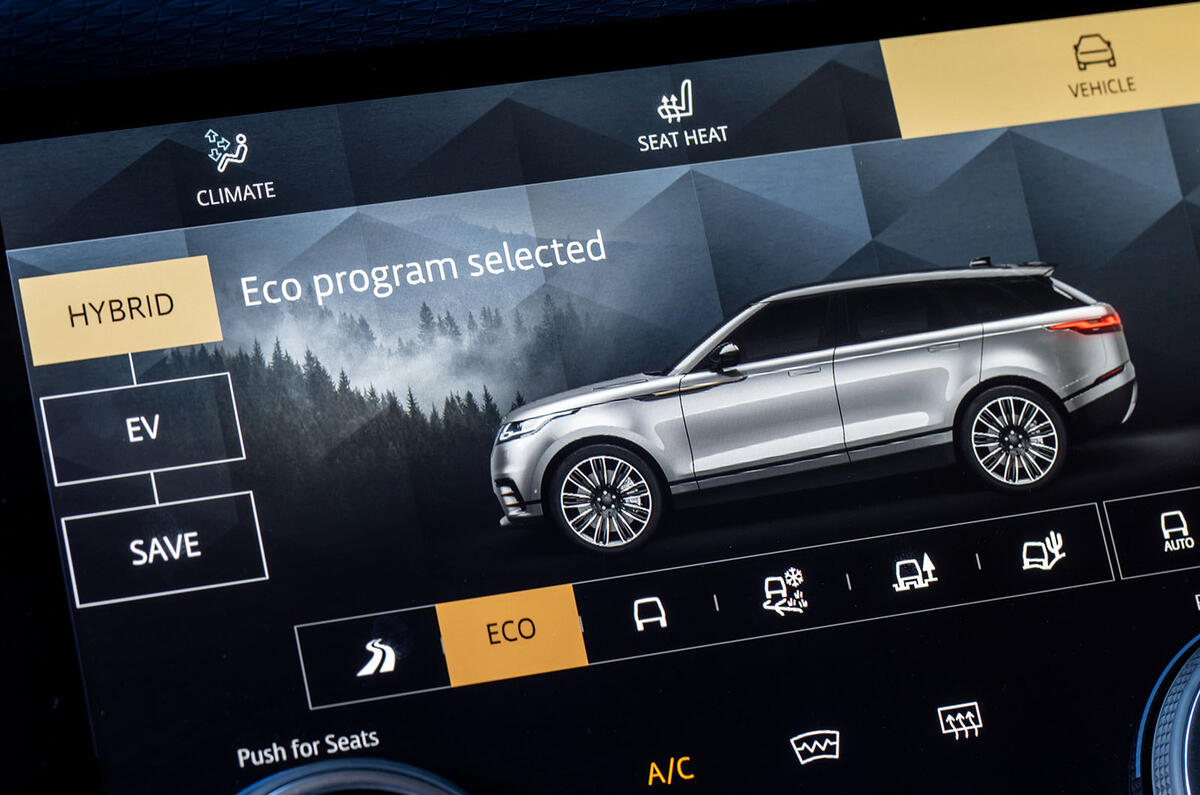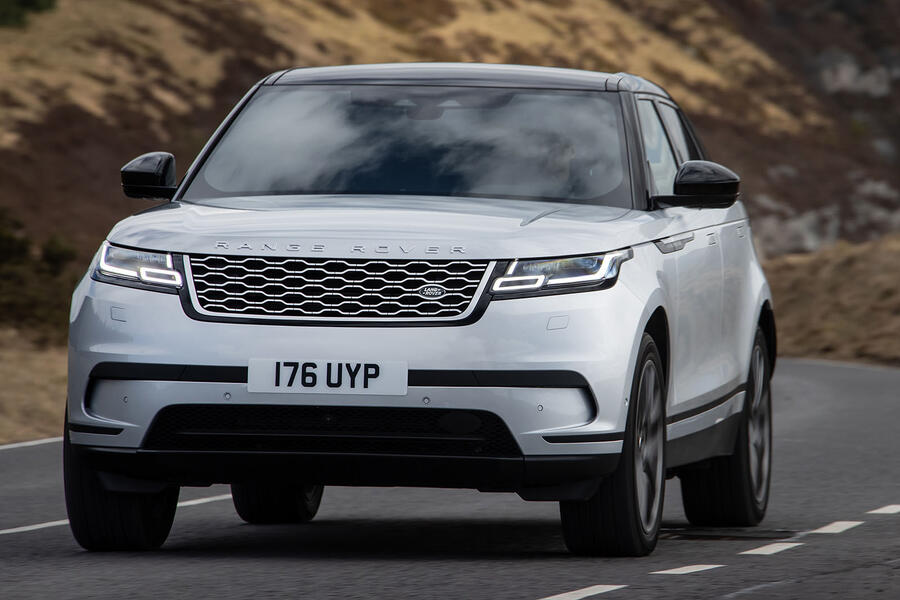What is it?
Not even that long ago, merely the idea of the Range Rover Velar P400e would have had Land Rover lovers scratching their heads. Possibly through to the bone.
This thing certainly feels a long way from the Land Rover Series 1, or indeed anything the company offered before 2011, when the Range Rover Evoque was introduced and quickly redefined what the brand could represent in the modern era.
Yet these days, giving buyers the option of a plug-in hybrid powertrain is commonplace. To be expected, even. And having a lower-riding, luxury-centric and altogether more car-like model in which to house it is pretty ideal for Land Rover.
Ideal because were you to devise a full-size Land Rover, from scratch, to appeal to prevailing tastes in 2021, it would probably look an awful lot like the Velar P400e.
This new plug-in hybrid derivative has been introduced alongside a broader refresh for the Range Rover Velar, despite the fact the model is only three years old. Updates are therefore light, with the exterior gaining only new paint colours and wheel designs, which will do little to change the divisiness of the Velar. It will remain concept-car slick to many and a bit of smoothed-off clown's shoe on wheels to others.
The interior receives more change, and while it continues to major on woven fabrics as well as leather (if you would like), you will now find a new steering wheel and gear selector, along with the updated touchscreens. The screens themselves are unchanged in terms of hardware, but they now use JLR's genuinely excellent new Pivi Pro infotainment software.
The engine line-up has then been streamlined. The headline acts are two turbocharged 3.0-litre straight-six 48V mild hybrids and the four-cylinder turbo petrol plug-in hybrid tested here.
The flagship is the 396bhp P400 straight-six petrol, which will hit 62mph in 5.5sec. However, with 479lb ft, its D300 diesel counterpart is the most torque-rich model and, being rated at 38.2mpg combined, also considerably more frugal.
Lower down the range, the four-cylinder D200 turbodiesel replaces the old D180 and D240 units. Its P250 petrol equivalent is on hand for those willing to trade some fuel economy for a bit more power but whose pockets aren't quite deep enough for the plug-in or either of the six-cylinder models.















































Join the debate
Add your comment
JLR make a much better vehicle in the form of the Jaguar iPace, which also has a tiny BIK tax band by comparison, so would be way cheaper for fleet drivers. That's if it has to be an SUV. Otherwise, all the smart money in this bracket is going on the Tesla Model 3, which is probably why Tesla have reportedly sold out of their entire 2021 Q2 production already.
£62k for a car that will break down and half the electric stuff will never work properly. The idea of retractable electric door handles is just genius. You'll look pretty funny when they fall over.
Still ugly as sin. Bad cases of crouching dog and full diaper symdromes.